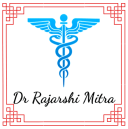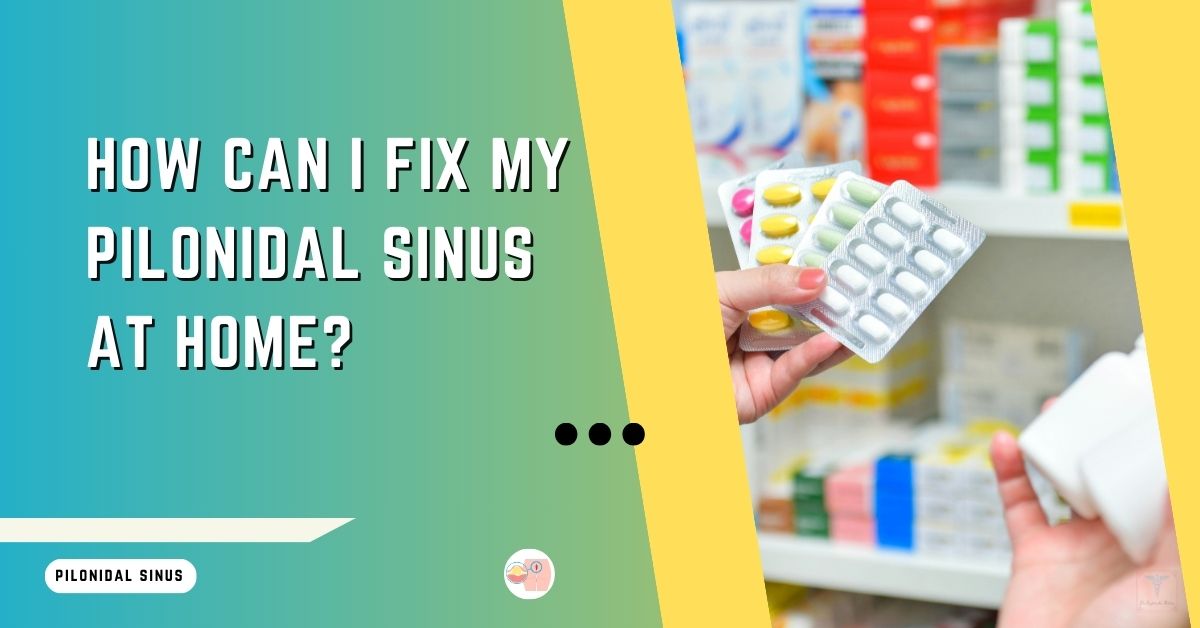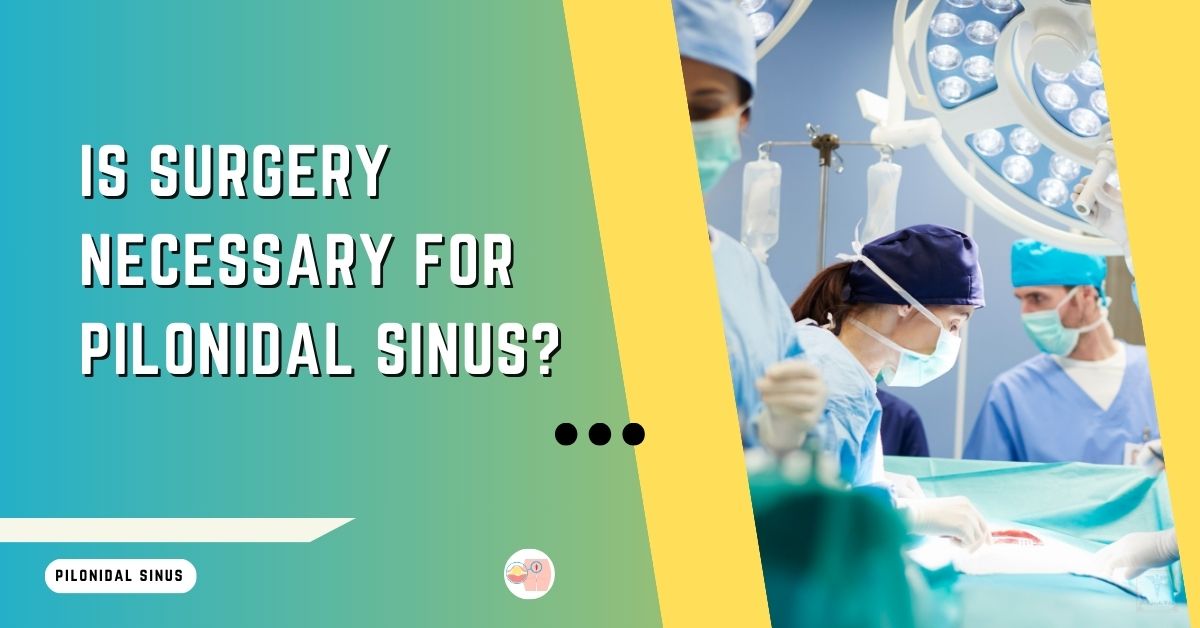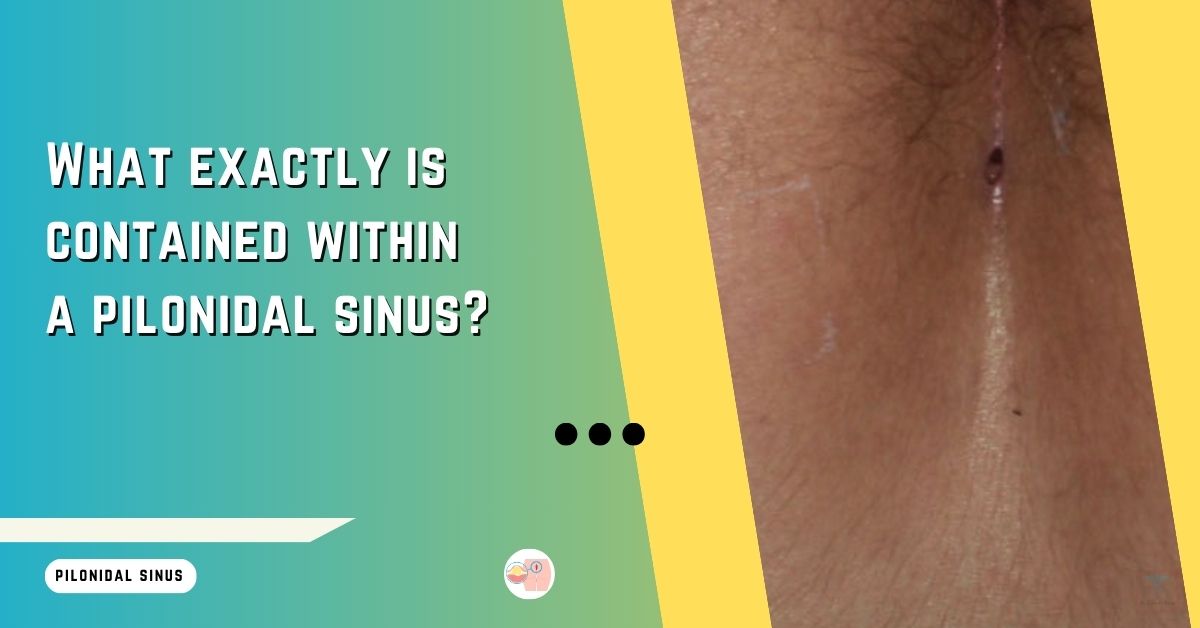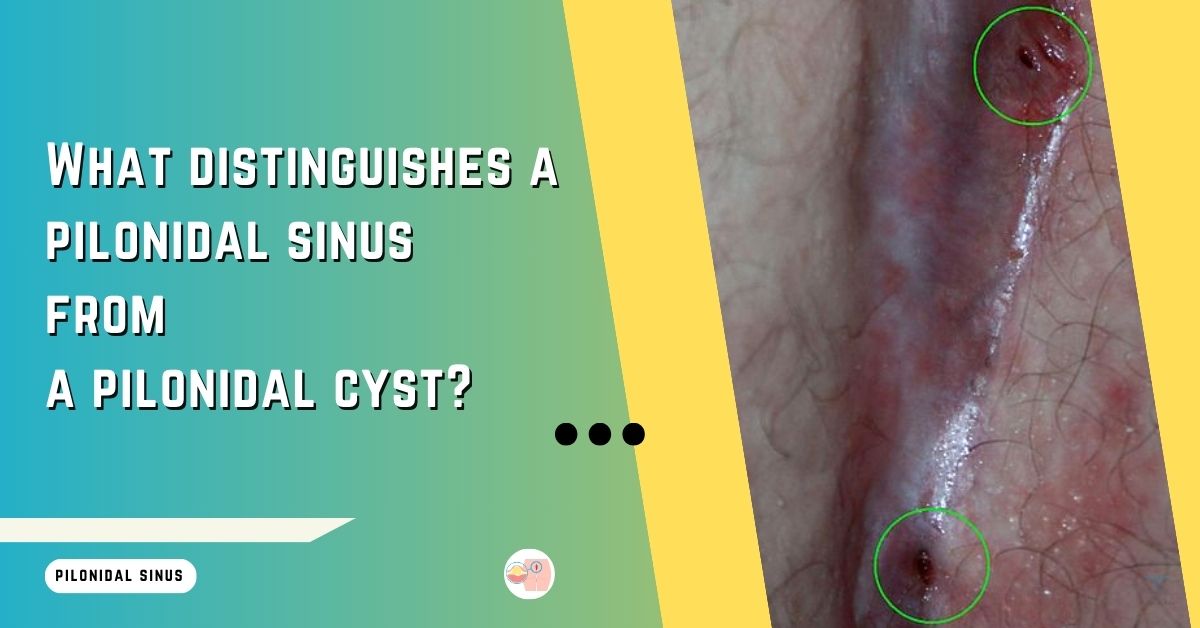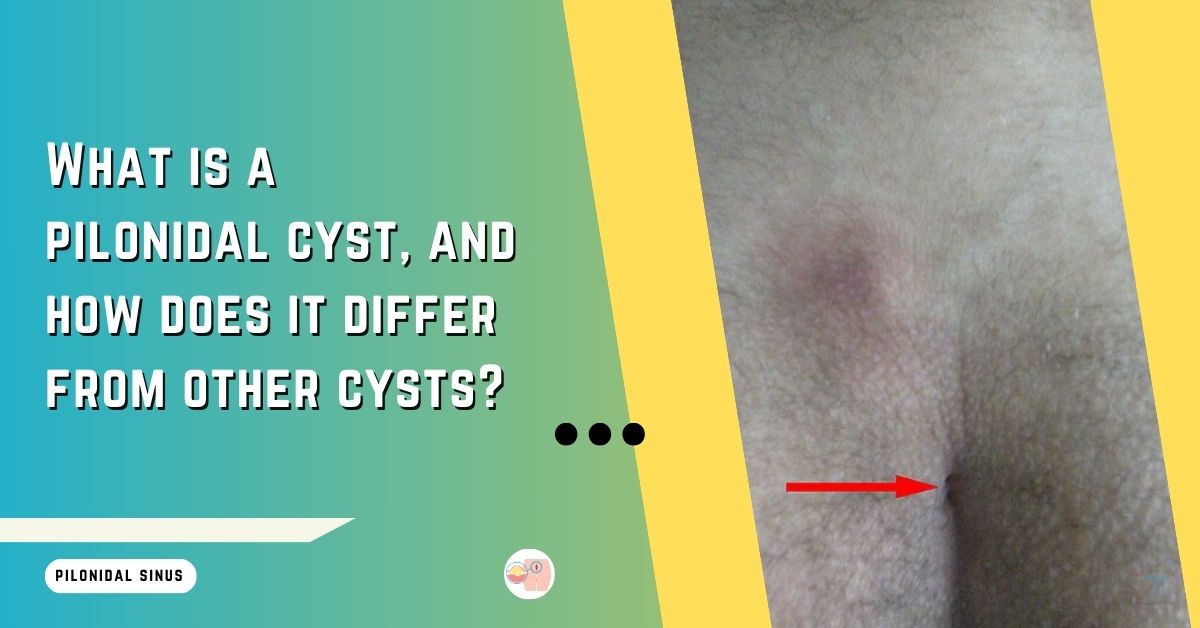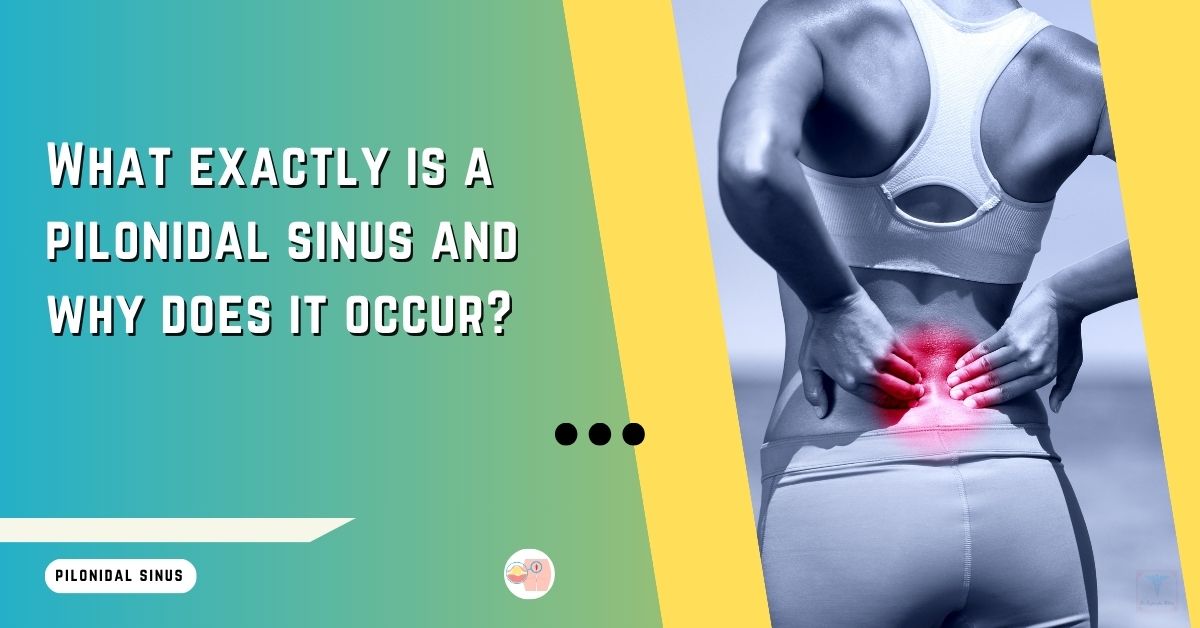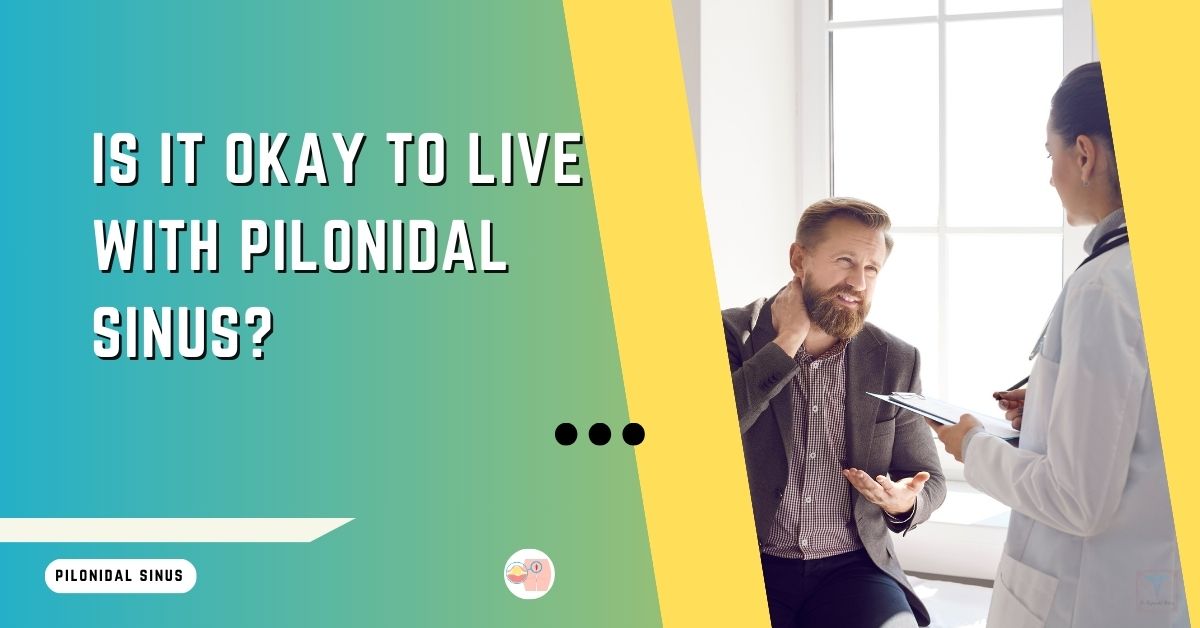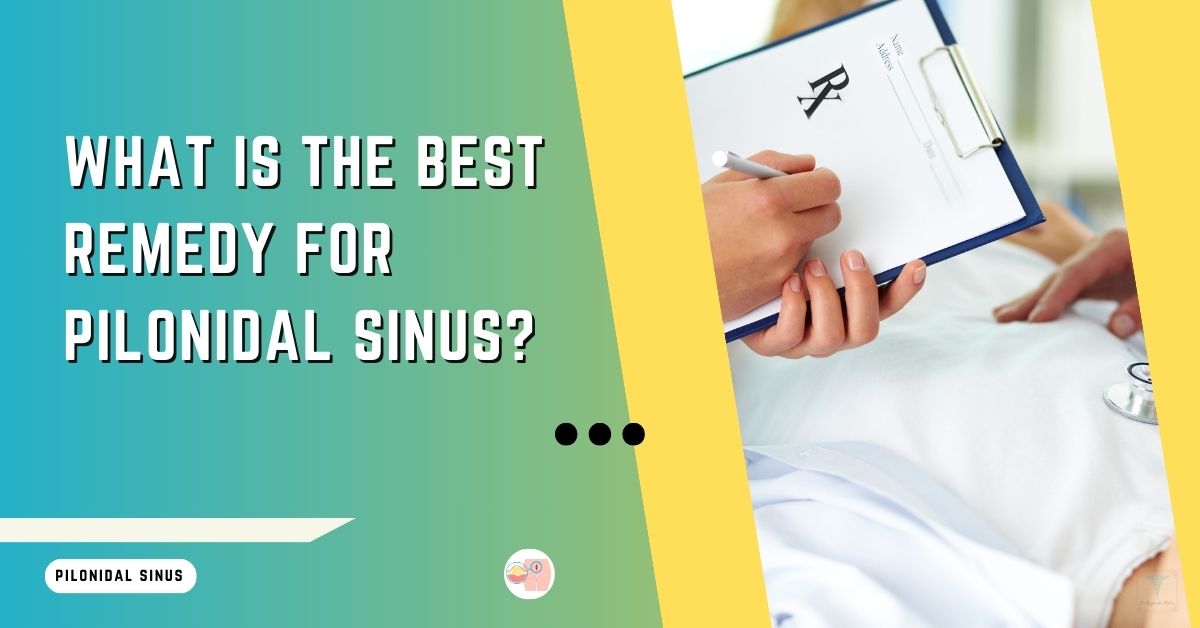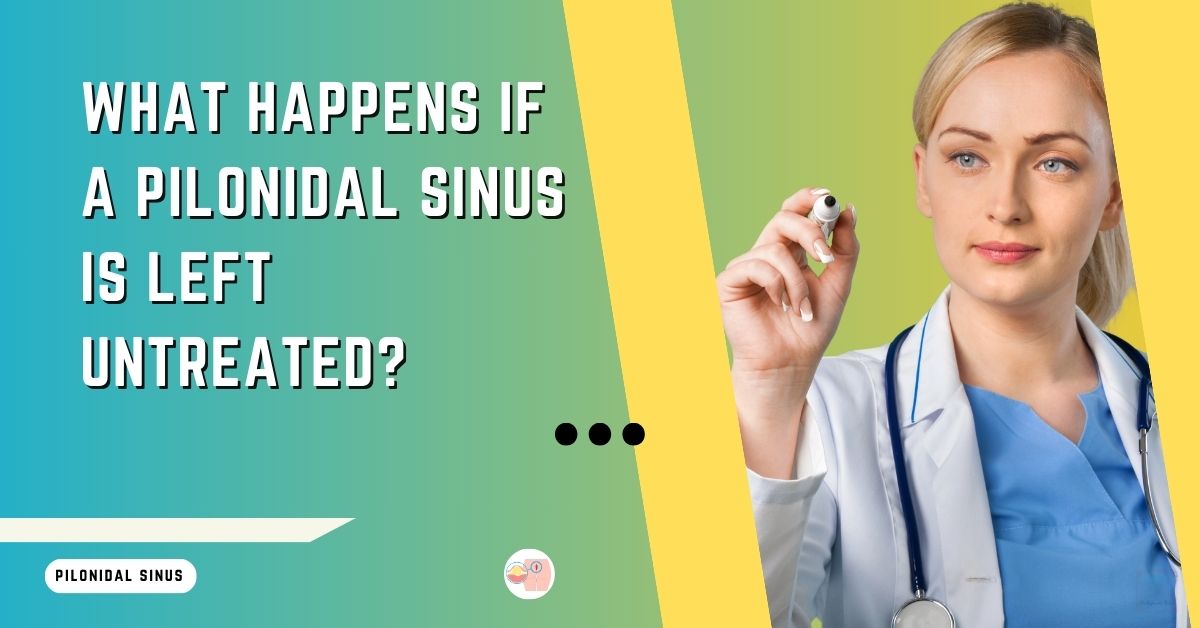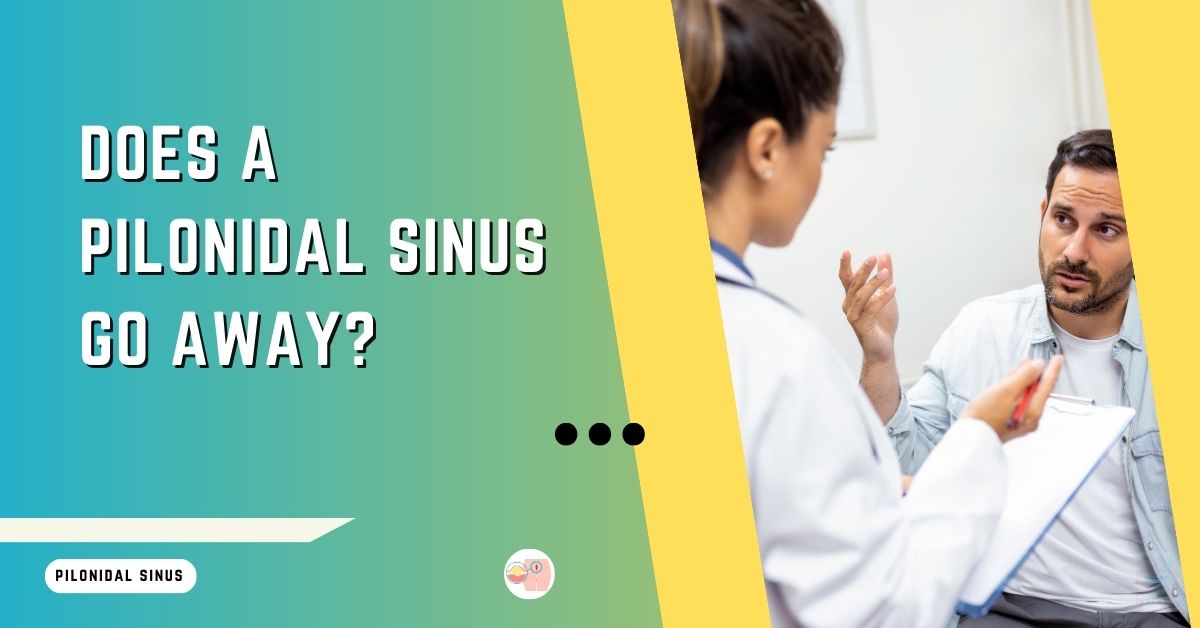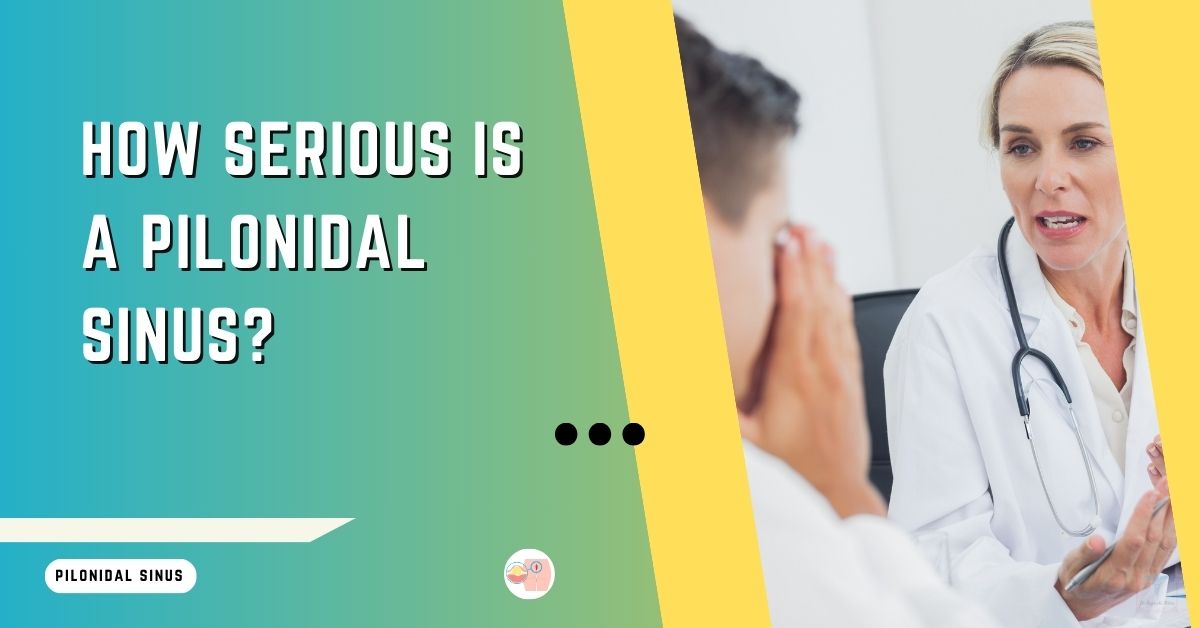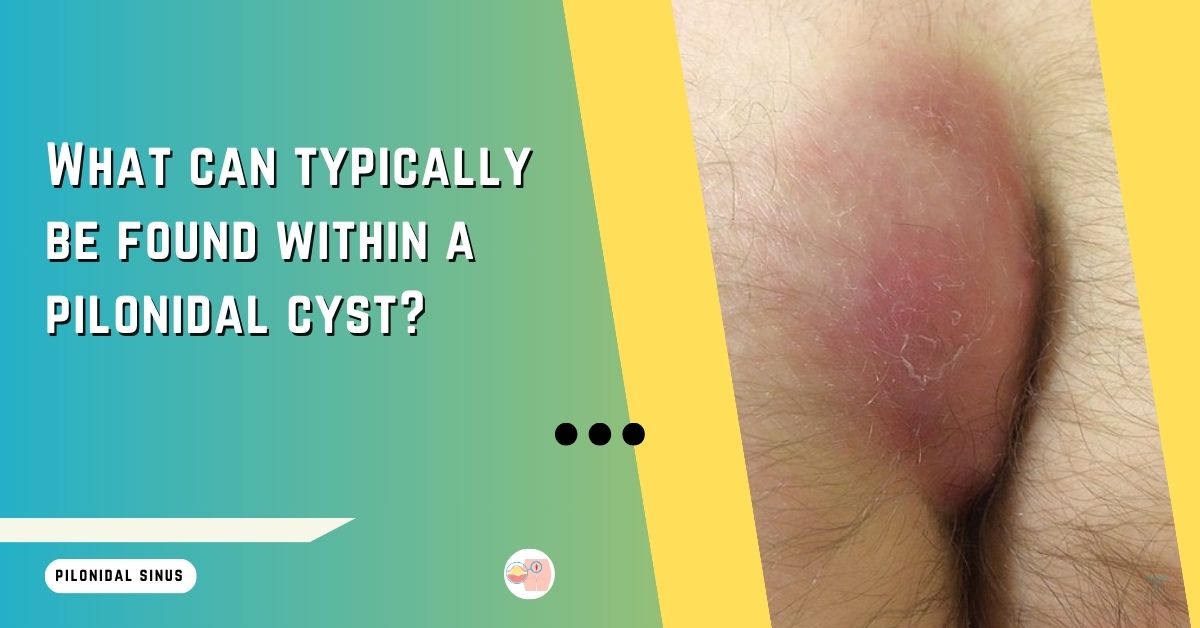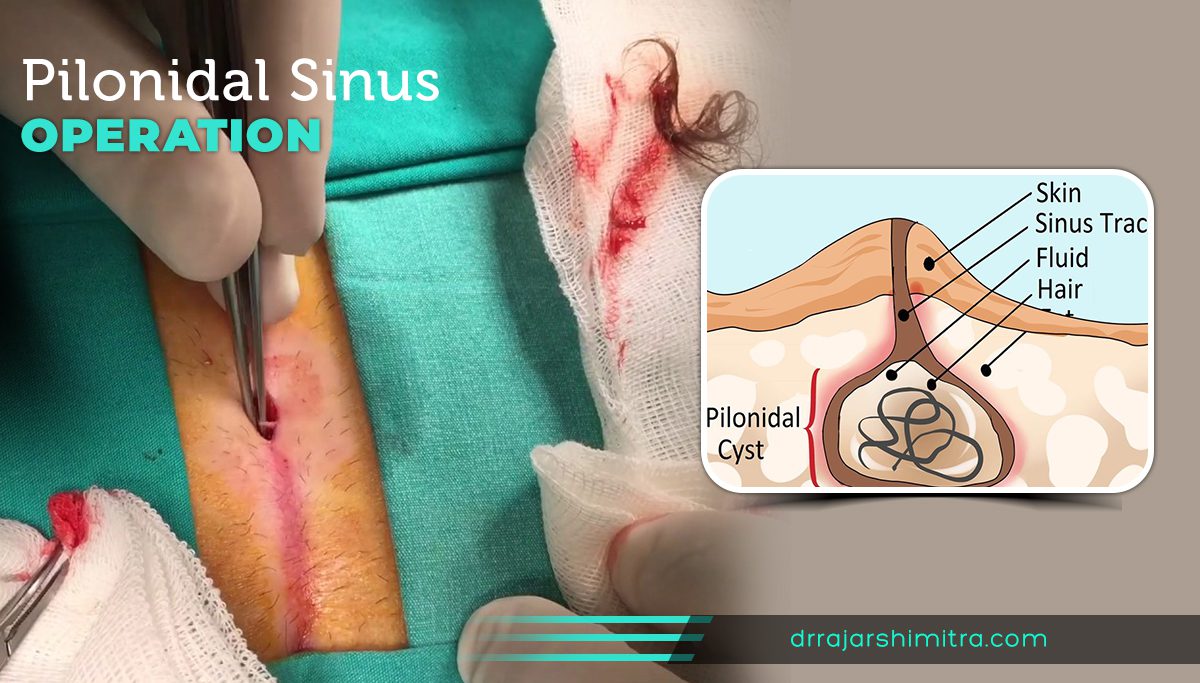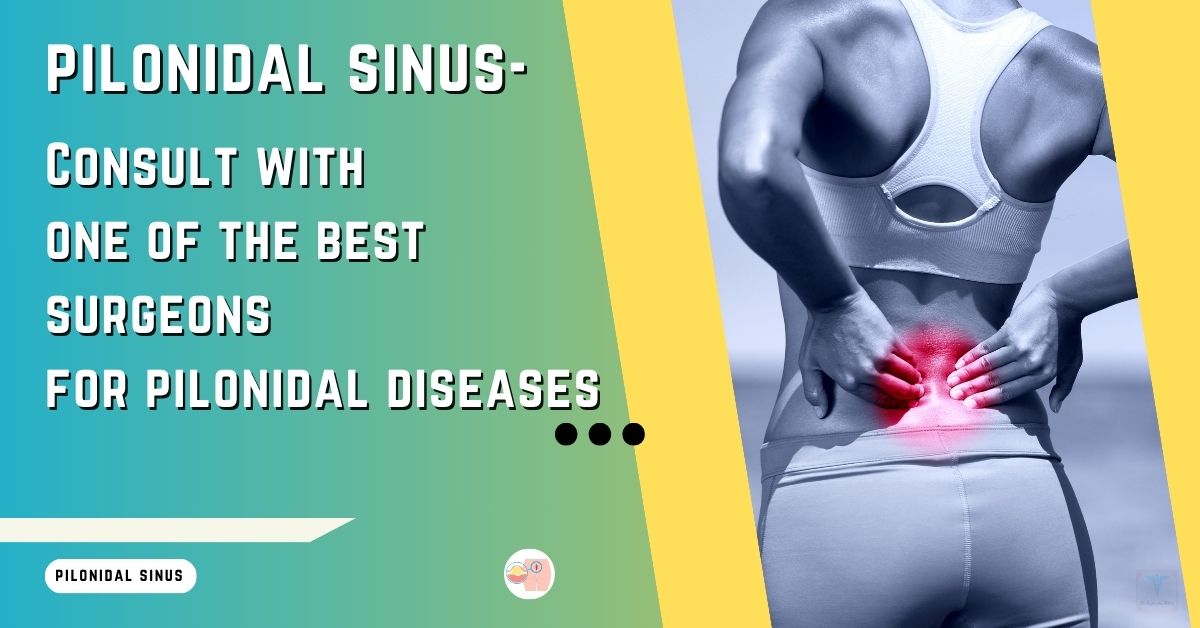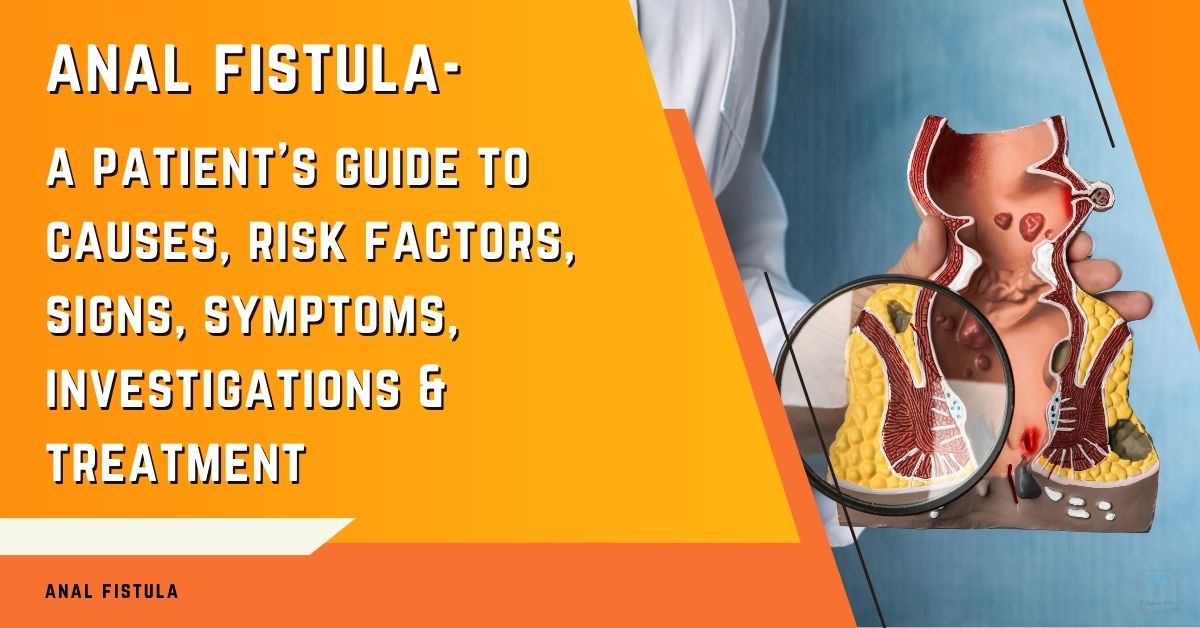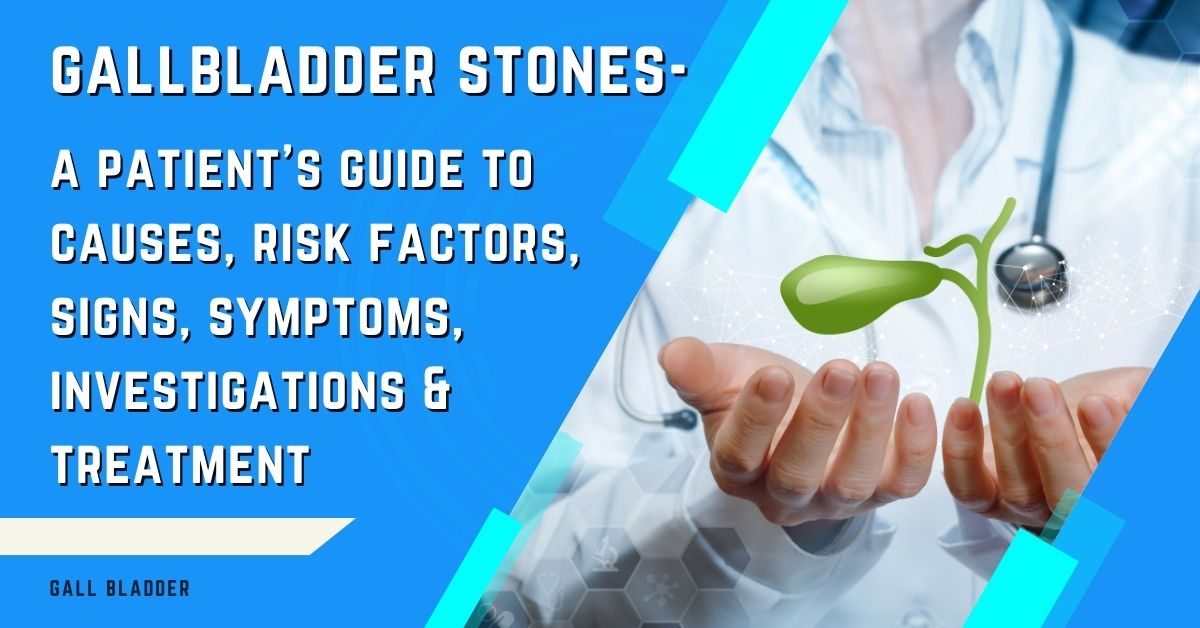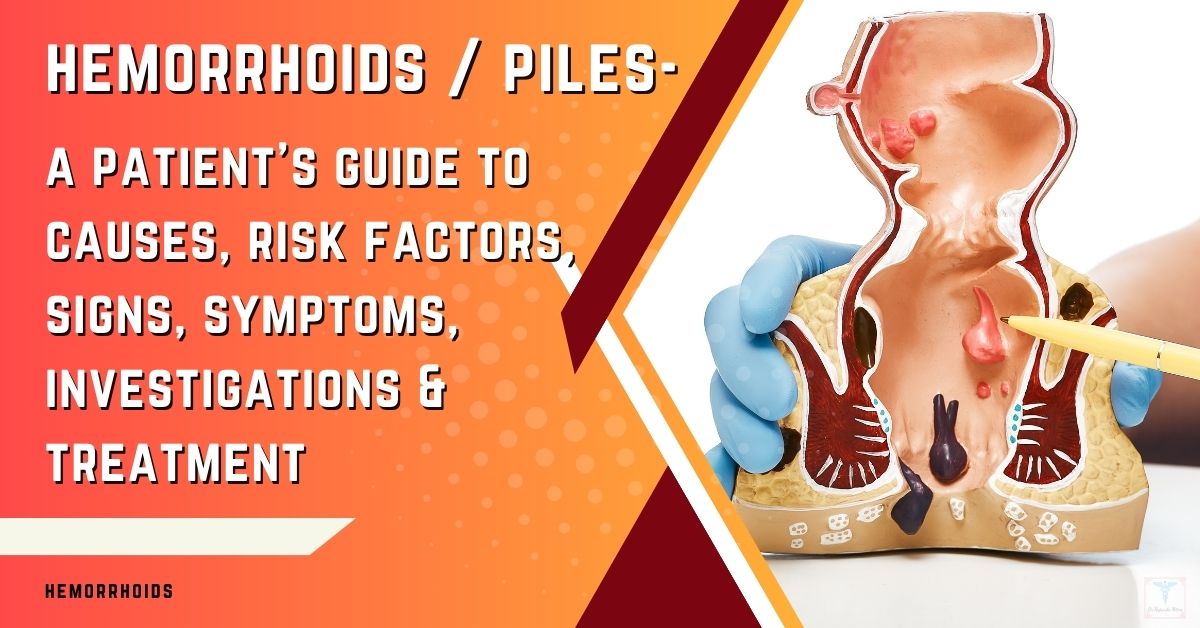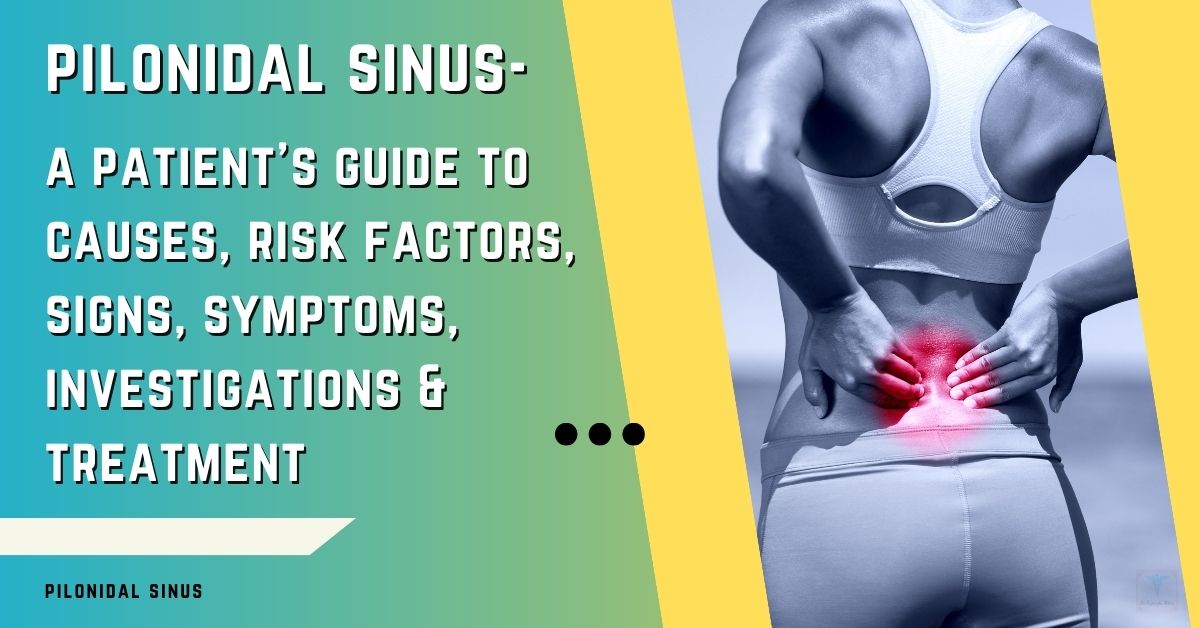While small or mild pilonidal sinuses may sometimes heal with home treatment, more significant disease requires medical management for a complete cure. However, certain remedies can provide symptom relief.
Relieving Pain and Swelling:
– Apply warm compresses or sitz baths to the area several times a day, especially after bowel movements. This helps ease pain and swelling.
– Take over-the-counter medications like acetaminophen or ibuprofen to reduce discomfort.
– Try numbing creams with lidocaine. Use ice packs for 10 minutes at a time to relieve acute flare ups.
– Rest as much as possible and avoid sitting for long periods to minimize friction and irritation.
Keeping the Area Clean:
– Practice good hygiene by washing the area with mild soap and water daily. Rinse thoroughly and pat dry gently.
– To prevent debris buildup, do not shave around the cleft. Trim hair carefully instead.
– Avoid using harsh scrubs, chemical bleaches, or ointments without medical advice.
– After a bowel movement, clean the area well and shower if possible. Keep it free of fecal matter.
– Wear loose, breathable cotton underwear and avoid tight clothes that rub on the cleft.
– Gently place gauze between the buttocks to absorb drainage and change it regularly.
Treating Infection:
– Apply antibiotic ointment sparingly to superficial openings to prevent infection.
– Take oral antibiotics if prescribed by a doctor for underlying infection and abscesses.
– Get the cyst drained surgically for faster relief if it is swollen and painful. Packing the wound may encourage healing from the inside out.
– In severe cases, drainage and antibiotics may be inadequate. Seek medical assistance promptly if symptoms worsen or persist.
Preventing Recurrence:
– Try removing hair using laser therapy or chemical depilatories, but avoid shaving. Prevent ingrown hairs.
– Maintain a healthy weight and avoid obesity which strains the cleft area.
– Exercise regularly to tone the gluteal muscles but avoid activities with prolonged sitting or friction.
– Ultimately, surgery to fully excise tracts may be needed for a lasting cure if home treatments fail.
Seeking Medical Care:
– Make an appointment with your healthcare provider for proper evaluation and treatment.
– For extensive, recurrent, or worsening sinus, do not attempt self-treatment alone. Proper surgery may be required.
– Seek prompt care if you have fever, chills, difficulty moving, or other concerning symptoms.
Summary of Key Points:
– Home remedies help provide temporary relief but are often inadequate long-term.
– Maintaining cleanliness, hygiene, and hair removal may encourage the healing of very mild cases.
– Antibiotics and drainage treat infection but do not eliminate underlying tracts.
– Definitive medical care including surgery is still required for most cases to prevent recurrence.
– Do not neglect worsening symptoms – seek expert care for optimal treatment.
In conclusion, self-care has a limited role in managing pilonidal disease. While useful for symptom control initially, medical treatment under a doctor’s supervision is still recommended for most patients to resolve the condition fully.
Dr. Rajarshi Mitra is a patient-centered, highly-rated Specialist Laparoscopic Surgeon & Proctologist in Abu Dhabi, offering Advanced Laparoscopic Surgery, Minimally Invasive Proctology & Lasers in Proctology. He is MBBS; MS (Surgery); FIAGES; FICS (USA); Dip. Lap (France); and Dip. Hernia (APHS) with 18 years of extensive experience in Laparoscopic Surgery, Minimally Invasive Proctology and Fellowship training in Colorectal and Bariatric Surgery.
